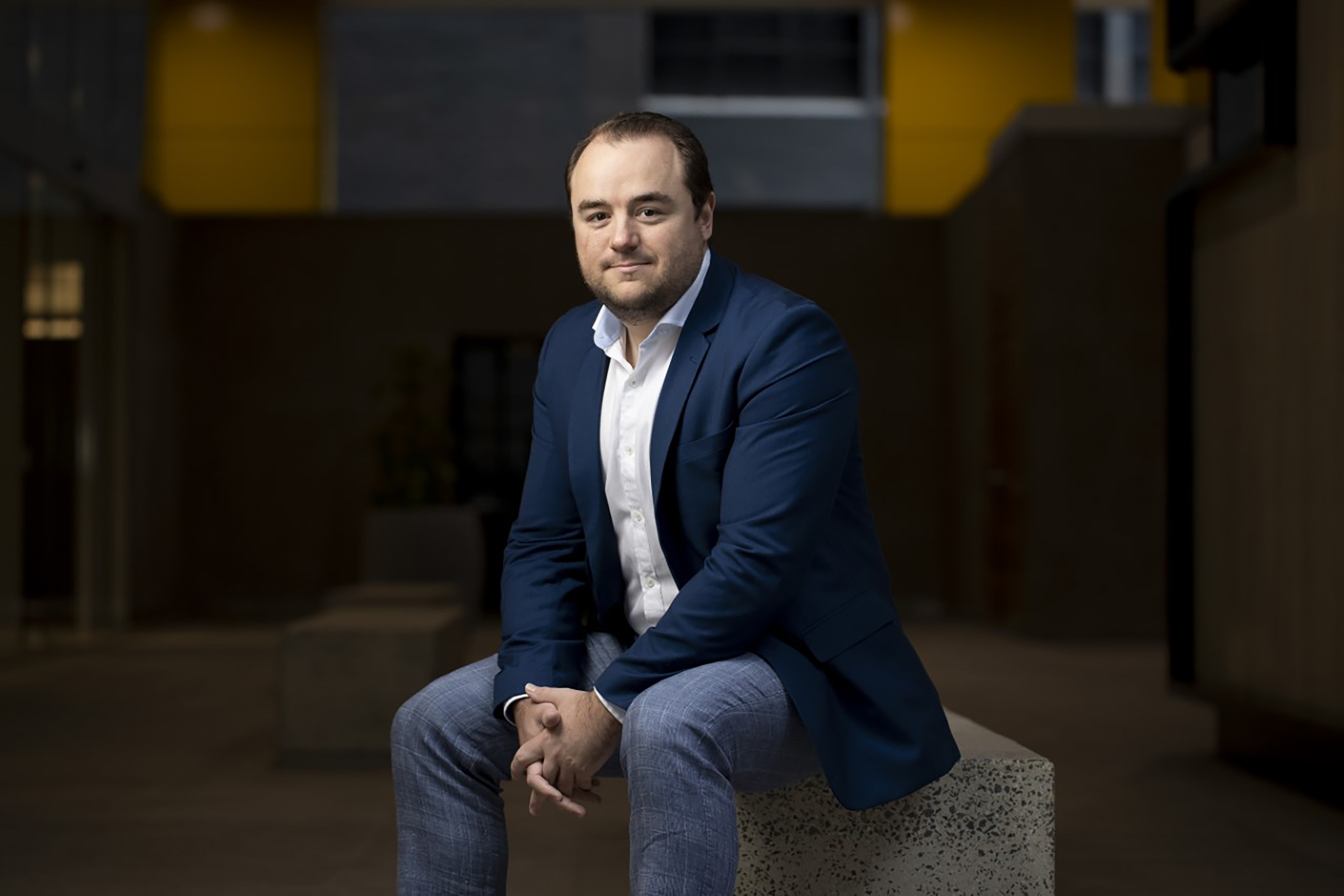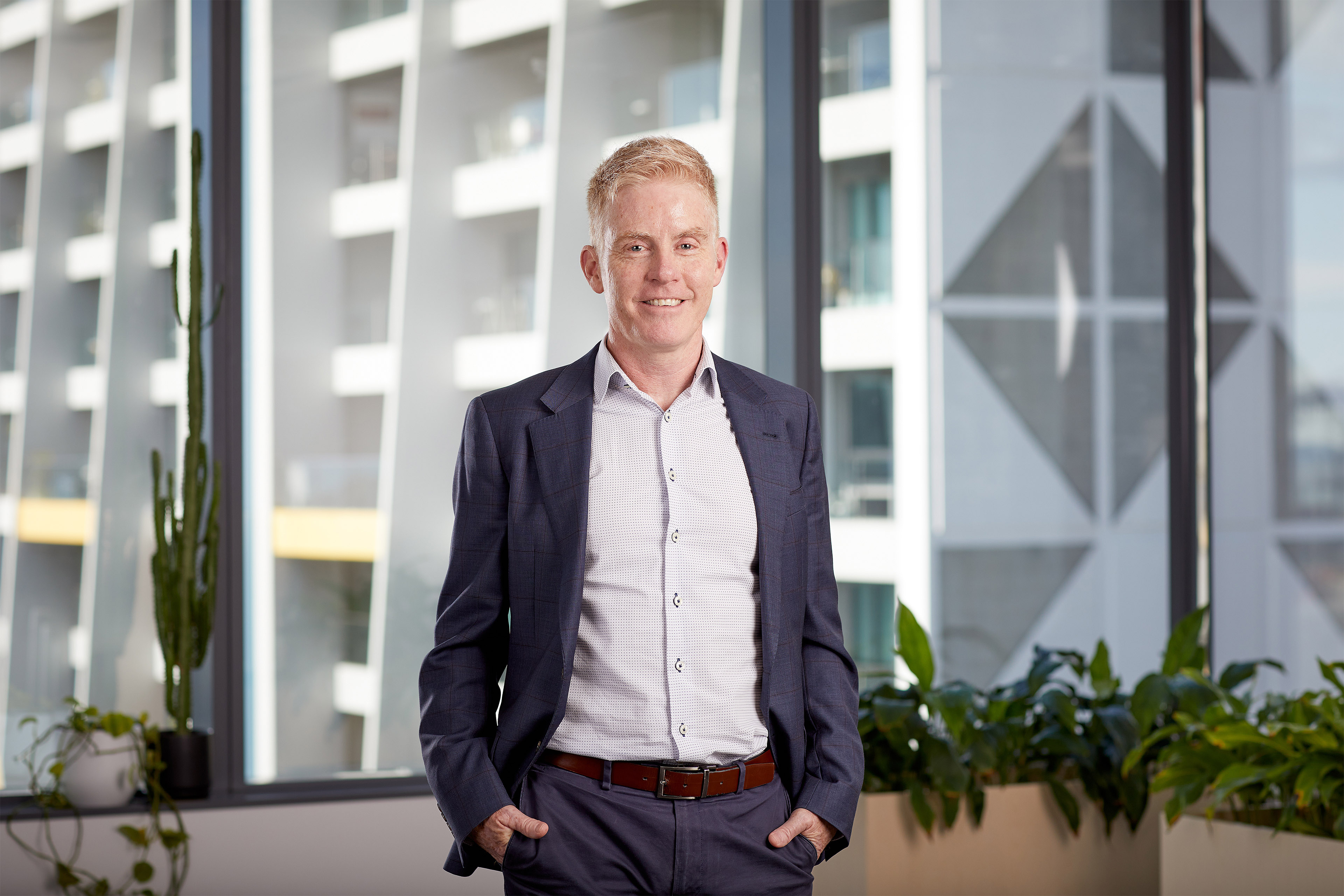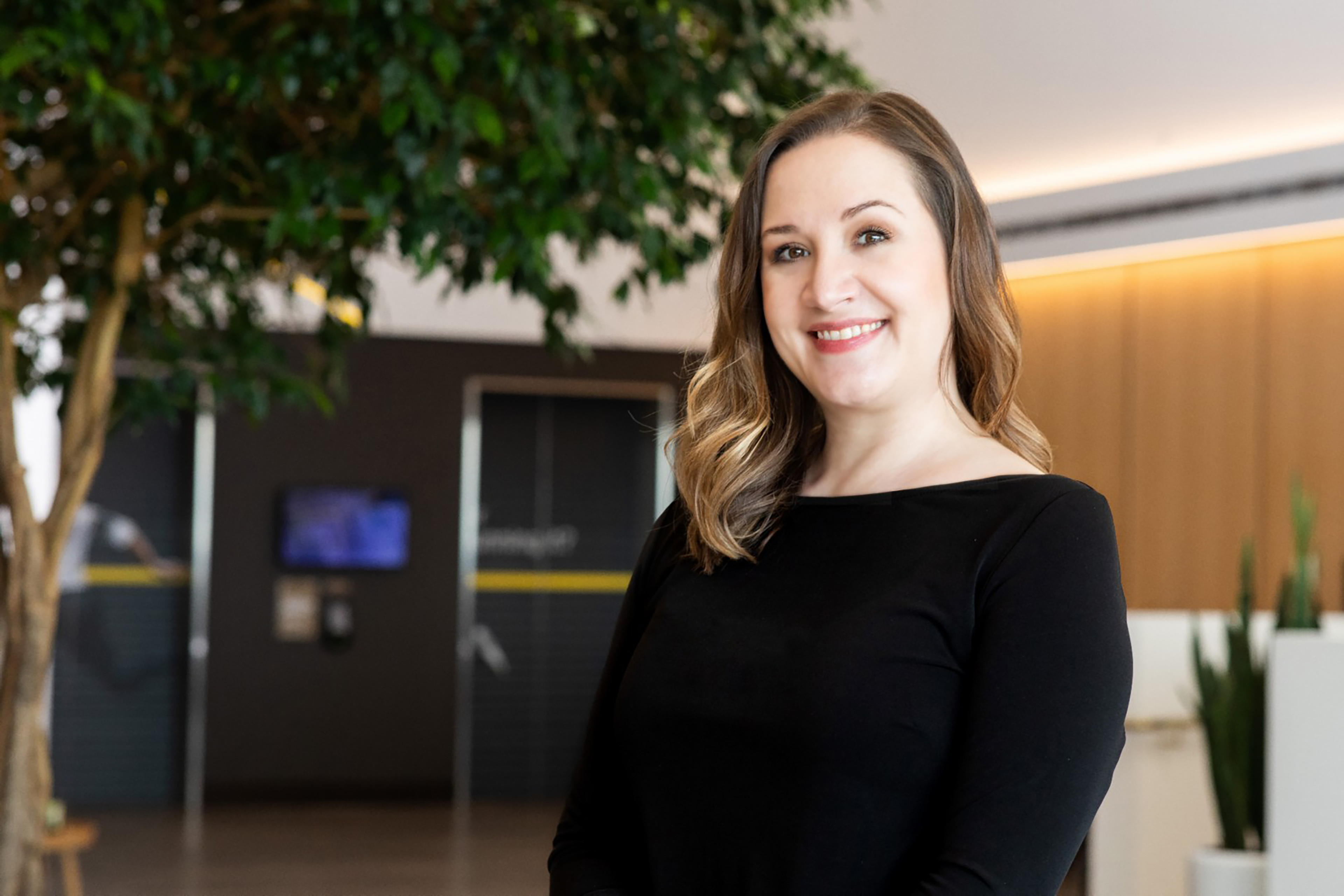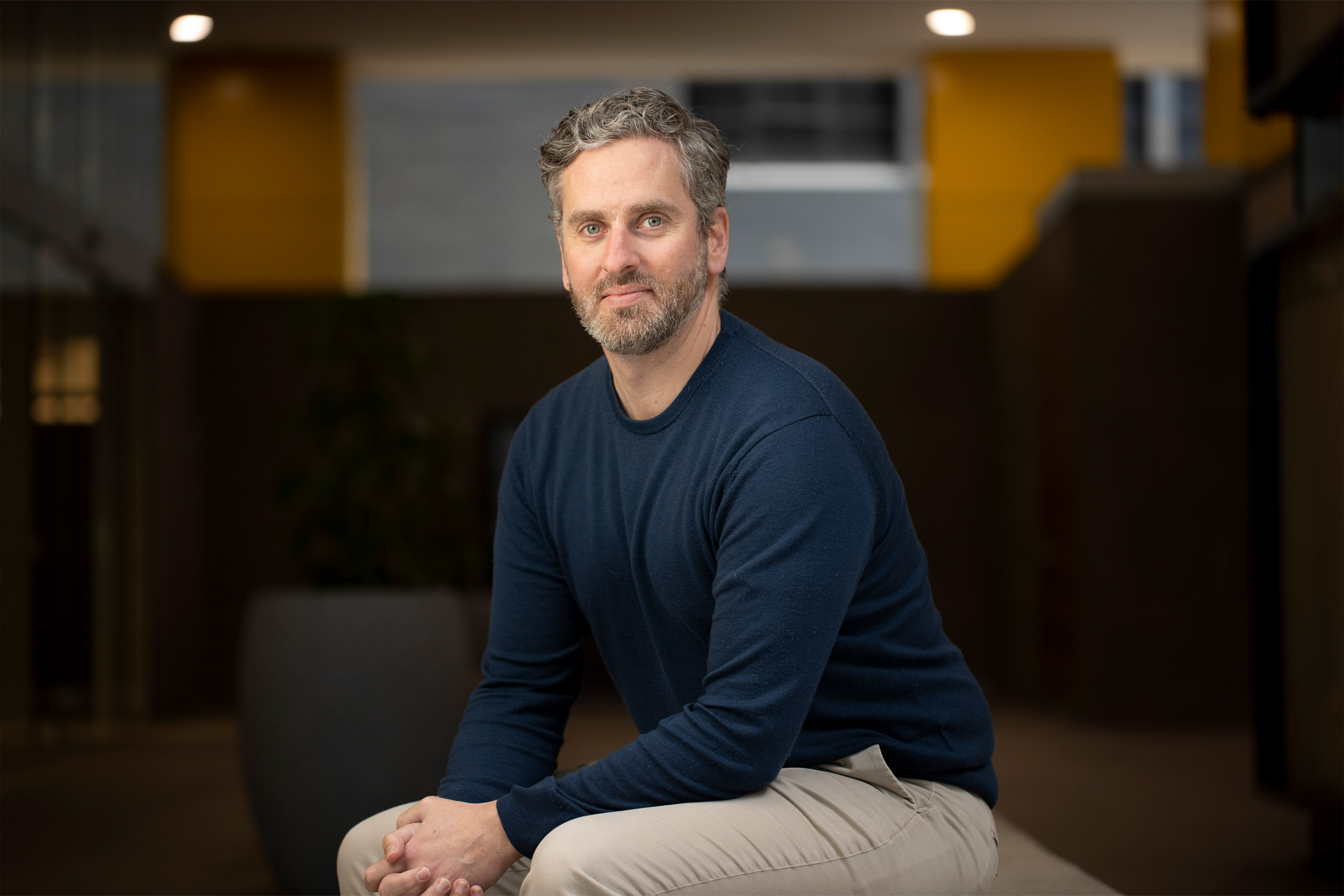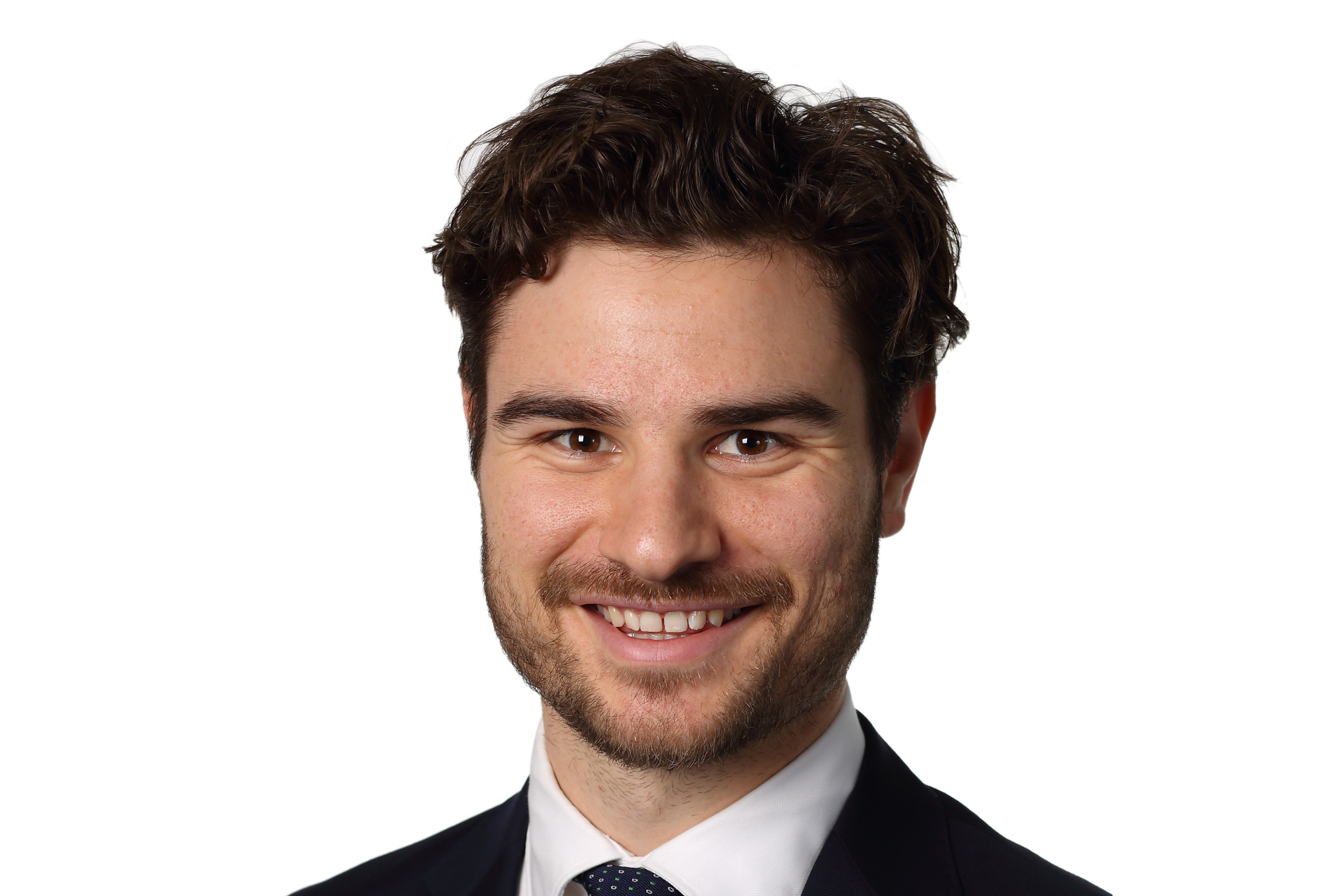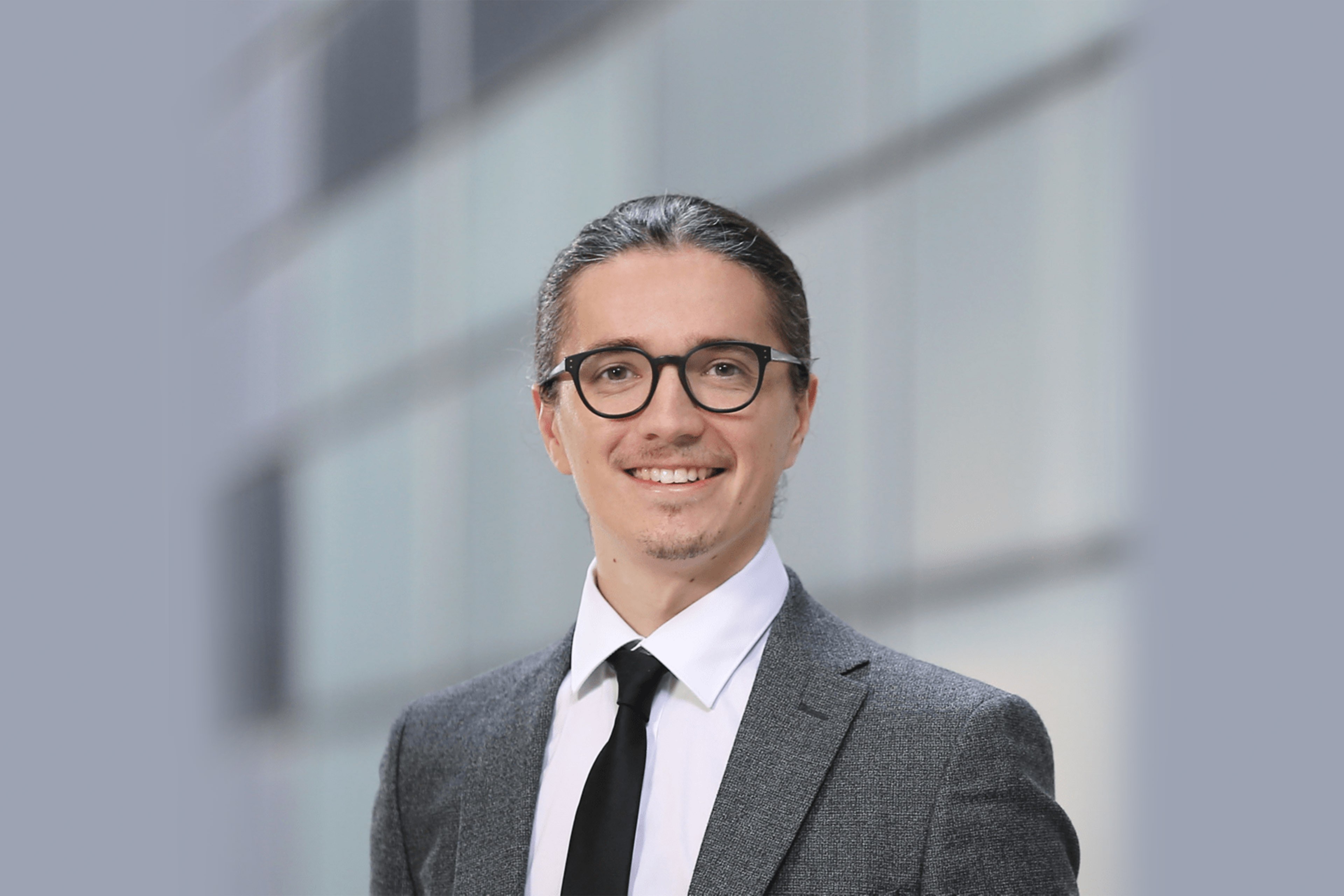Emma James, Head of Product, Space Tech
https://www.linkedin.com/in/emmajames2039/
Having worked for many years in the Qantas digital and CX team, I joined EY to build new and innovative solutions across a broad client, technology and industry base. I just completed my MBA at RMIT, focusing on tech innovation and digital entrepreneurship and now lead EY’s Space Tech product development program.
What’s your earliest memory of being aware of Space?
I remember going to visit family in Broken Hill, outback NSW, and I was amazed at how many stars I could see in the sky out there – even shooting stars, which you don’t get to see much growing up in Sydney.
I’ve always found Space fascinating but never had an opportunity to work in the field.
When did you join the EY Space Tech Lab?
In October 2020, I thought Space Tech sounded cool. I was convinced it could be something which could be productised. I pestered Anthony Jones until he let me join the team. I now lead the wonderfully talented EY Space Tech Lab product team.
What does a typical day look like for you in the team?
We have daily standups to manage the product build, meetings with clients to understand their problems, meetings with EY partners getting to think of the “art of the possible” for our product, meetings with our designers and technology teams to create a product which is easy to use for our clients, most of whom are not PhD data scientists.
What’s your personal favourite area of Space to explore?
I love how fast Space technology is evolving. We went from Sputnik to Space Shuttles to now reusable and autonomous Starships by SpaceX. We have rovers on Mars, Space tourism is becoming a “thing”, we’re starting to manufacture products in Space, and we’ll soon have broadband from Space!
Earth Observation isn’t just what we already get through satellite view on Google Maps. Satellites can see beyond the human eye. My mind is blown time and again by the technology, InSAR can “see” displacement of the Earth’s surface down to 1mm – from Space! This is especially important where we can use Space Tech to monitor and measure deformation on land allowing our clients to better manage the stability of critical infrastructure stability such as roads, railways and even specific assets like tailings dams.
What’s the potential of Earth Observation to build a better working world?
There are so many. I love the idea of taking something which people think is only for NASA and Musk/Bezos/Branson, then building a Space Tech tool to put into the hands of real people in real jobs, allowing them to make informed decisions about their assets, or boost their ability to make a difference across their biodiversity and decarbonisation programs.
If EY Space for Earth can help to inform where to plant trees for decarbonisation, or help people see their remote assets without having to physically attend through dangerous terrain, help prevent bushfires if we see there’s dry vegetation encroaching a rail line or power line, or help insurance companies respond quickly after a natural disaster, then I think we’ve done a pretty good job in helping to build a better working world.




